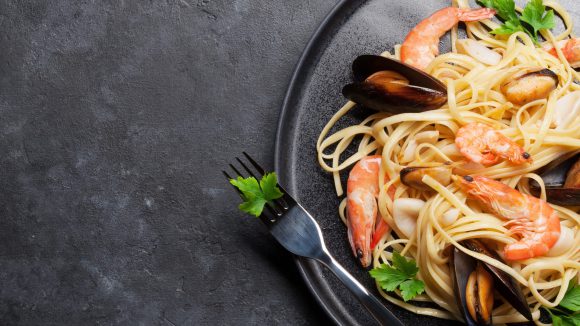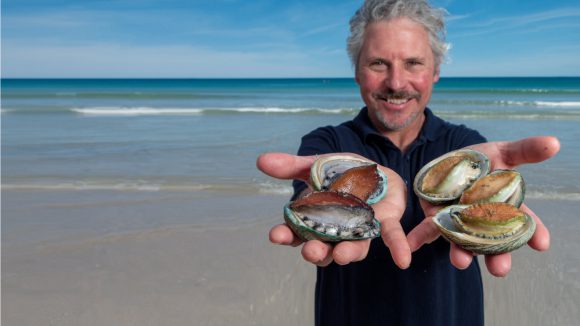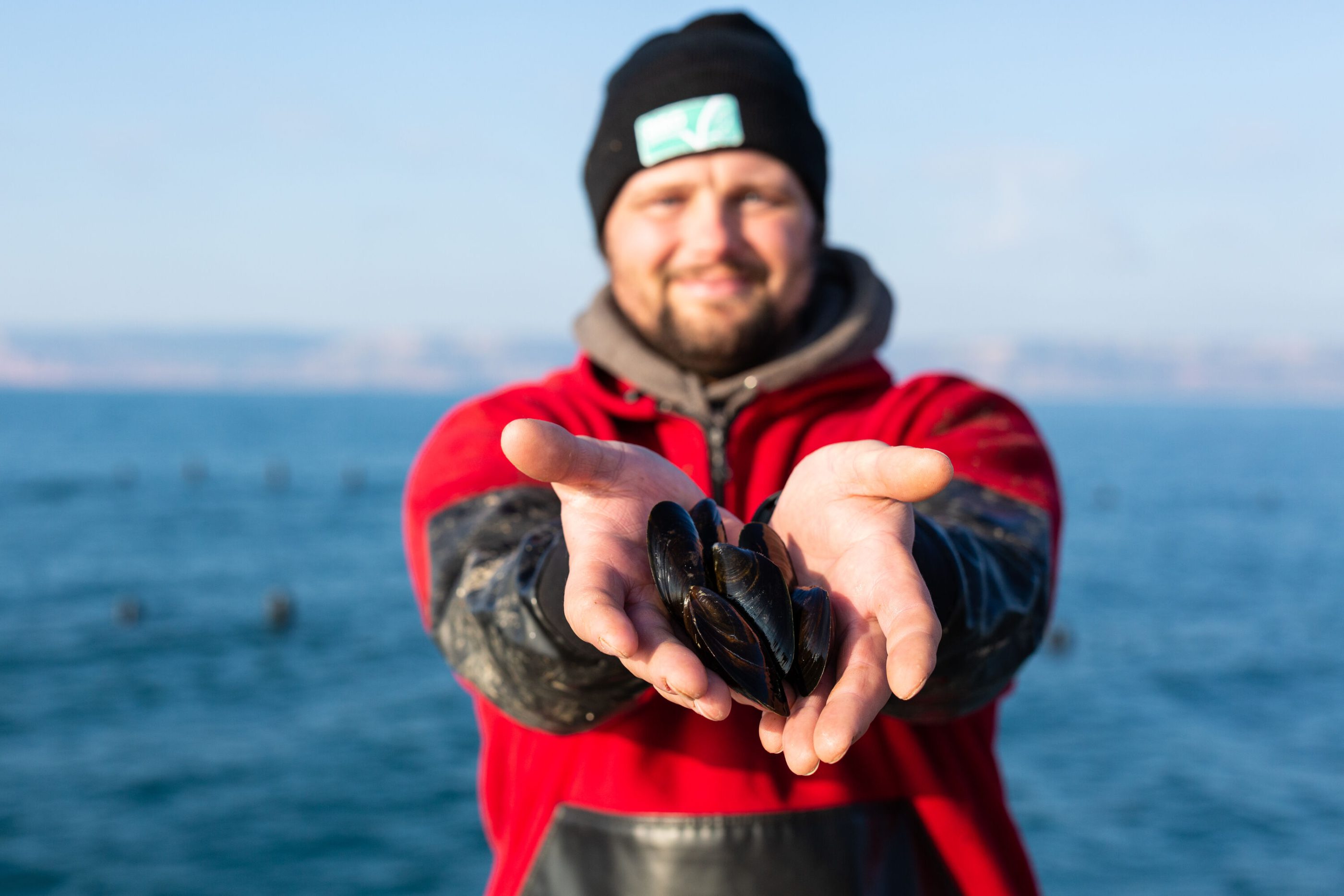
Learn more about salmon
Salmon is one of the most commercially important farmed seafood species in the world, and one of the most consumed. High in protein, rich in healthy oils, easy to prepare, and versatile to cook, this fish is great choice for any meal occasion.
Salmon is the common name for members of the Salmonidae family of finfish. They are anadromous, which means they hatch in fresh water in the wild, then migrate to the ocean, before returning to rivers to breed. Salmon farming recreates this cycle in a controlled and protected environment.
Many species of salmon are found around the world. The most commonly eaten and most certified by the ASC is the Atlantic Salmon, Salmo salar. Other ASC certified species are Atlantic Landlocked Salmon, Salmo salar sebago, Coho Salmon, Oncorhynchus kisutch and Sockeye Salmon, Oncorhynchus nerka.
Atlantic Salmon is the third largest salmon species and has been known to grow up to one metre in length. They are found in the Atlantic Ocean and the rivers and streams that feed into it. These fish average 71cm to 76cm in length, and weigh between 3.6kg and 5.4kg.
Sockeye Salmon are found in the Northern Pacific Ocean. They can grow up to 84cm in length and weigh from 2.3kg to 7kg.
Other commercially important salmon species are Chinook, Chum and Pink Salmon, although these are predominantly sourced from wild stocks and not aquaculture.
Farming salmon
Global salmon production peaked at 3.6 million metric tons in 2018, with farmed salmon capturing nearly 74% of the total.
Atlantic salmon is one of the most commonly cultured species of salmon, with a production of 2.42 million metric tons in 2018.
The most significant salmon farming nations are Norway and Chile, which make up over 80% of worldwide production. Scotland, Canada and the Faroe Islands are also important producers.
Impacts of farming salmon
Chemicals and excess nutrients from food and faeces associated with salmon farms can disturb the flora and fauna on the seabed. Salmon farming has also had issues with escapes, and the impact this can have on wild populations and other marine species, with disease and the medicines used to treat them, and with infestations of sealice. All of these impacts can be addressed with careful monitoring and good management practices, and they are all covered by the ASC Salmon Standard.
ASC has been working with salmon farmers, interested stakeholders and official organisations since its inception, and launched its Salmon Standard in 2012. The Standard mandates certified salmon farms to demonstrate that they practise responsible aquaculture that minimises their environmental and social impacts.
ASC certified farms must ensure a cleaner seabed, cleaner water and healthier fish. They also preserve the diversity of the species and wild population, and adhere to strict feed requirements. Feed must be sourced responsibly from sustainable, preferably certified sources, and minimise the use of wild fish as an ingredient in the feed. The ASC Feed Standard, launched in 2021, was developed to ensure salmon farmers – along with all other ASC certified farmers – source feed responsibly, and feed producers source ingredients sustainably.
Water quality
Water quality and the condition of the seabed are closely monitored on and around salmon farms, to avoid any negative effects, and ensure the fish live in healthy conditions. Fish farmers must monitor parameters including oxygen, phosphorus and copper levels, which must remain within set limits.
Biodiversity
ASC certified salmon must be farmed in a manner that harmonises with the environment and minimises impacts on the local ecosystem. For example, farms must not be sited in areas with key biological or ecological functions, must implement environmental management plans, and demonstrate that no harm is caused to threatened or endangered species or their habitats.
Pollution
ASC certified salmon farms are required to manage the organic deposits on the sediment beneath the farm in a responsible manner. Sulphide levels in the sediment need to be measured at regular intervals and must remain within set limits.
Social responsibility
Salmon farmers must operate their farms in a socially responsible manner. This means providing workers with proper health and safety training, and paying and treating them fairly. It also means being a good neighbour to local communities, and proactively communicating with them. Farms must monitor and maintain biodiversity, and work with all other farms in the area. Any escaped fish or harm to other marine life must be reported and made publicly available.
Cooking with salmon
Salmon is high in Omega 3 oils and many other beneficial nutrients, making it an easy choice for healthy eating. It is also a wonderfully versatile fish, that is super simple to prepare and cook, and is totally delicious, whichever dish you choose.
Raw in sushi, hot or cold smoked, and baked, grilled, poached, fried or bar-b-cued at home, salmon is universally popular, with thousands of recipes to its name. Why not make salmon your next meal? Check out our recipe section.
Explore More

Learn more about Seafood Farming
Find out how farmed seafood can help feed a growing global population, why fish farming needs to be done responsibly and how you can make a responsible choice.

Visit our Blog
Find out what’s behind the label, what’s going on in the world of aquaculture and how the Aquaculture Stewardship Council is updating and improving its programmes regularly.

The Aquaculture Stewardship Council
We run the world’s leading certification programme for responsibly farmed seafood. Learn about our Certification Programmes and our Impact.



